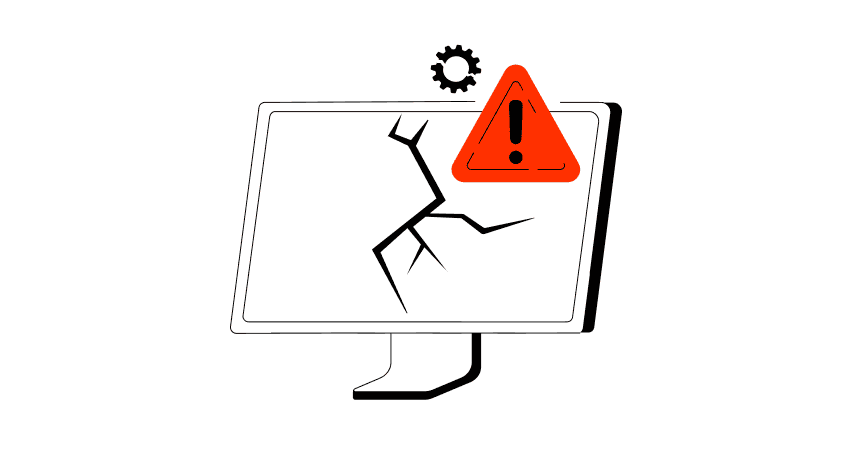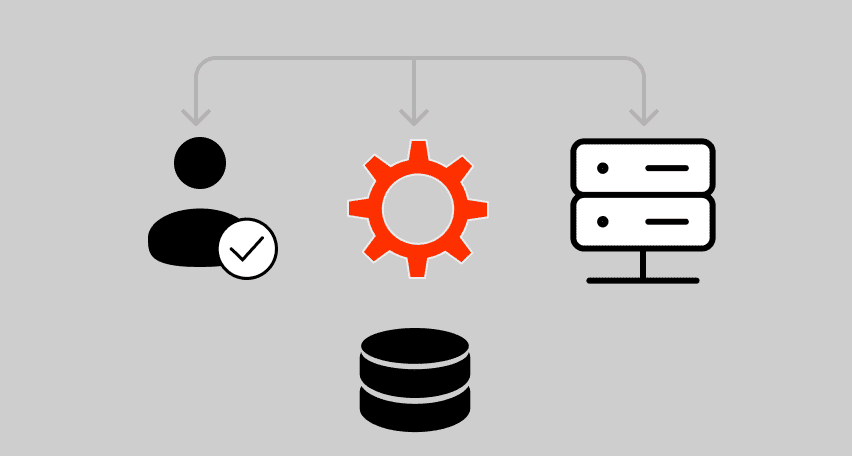If you are related to e-commerce, you can’t have missed Shopify, one of the largest platforms for online store creation. To start selling your products with Shopify, you don’t have to have expertise in website development at all. The service saves you a lot of worries: no need to look for hosting, check compatibility of different plugins and levels of security, or schedule software updates. Shopify does it for you.
However, there is a downside to such an approach: Shopify users cannot fully control some of the key parameters of their store, its performance in particular. Meanwhile, a slow store load is something to avoid at any cost: it discourages the end users and deprives the website of traffic. The thing is, search engines range the results based not only on the content of the request, but also on the speed of page load.
In this post, we are sharing what can be done to speed up the work of your online store in Shopify, and which factors are uncontrollable, no matter what you do.
What is Shopify
Just in case you still haven’t heard of it, a few words about the reasons behind Spotify being the first choice of so many online store owners. Shopify has an online store engine that supports some basic functions: your store display window, your catalog, and the check-out. It gives the client not only the content management system (CMS), but also hosts the website, that is, provides space to store it.
Vital features are covered, but you can also use additional ones, such as a larger number of payment gateways, SMS mailings, catalog publishing in social networks, etc. They are provided by plugin applications that can be created by both Shopify and third-party developers. There is also a way to give your online store some recognizable identity with Themes that customize the appearance of the display window, goods presentation, and other visual features.
If you need even more customization, you will have to master Liquid, a template language that lets you create your own themes and modules. These are, in fact, elements of programming, albeit with a limited scope: you can’t change the engine code with Liquid.
How You Can Optimize Your Shopify Store Speed
So what can be done to make your store on Shopify run faster? Here are some basic ways to improve its performance.
Shopify Apps
Extending the capabilities of your online store with applications, you also add additional code to the site, which is executed when the customer uses a certain function, or simply when loading a page. Even if the application is created by talented developers and the code is well-optimized, adding more code will reduce your store performance, at least slightly. The more applications, the slower your site load. If there are bugs in the app code, a single plugin on the home page can seriously reduce the entire resource load speed.
What can be done:
Themes
A theme of your choice defines what your site will look like, and what features, such as menus, fonts, displaying products and banners, it will have. Themes are created using the built-in coding language, Liquid, and can contain elements of HTML, CSS, JavaScript, and other scripts. If the theme code is not optimized, contains a large number of elements, or loads unique heavy fonts, it will slow down the store. As a basic recommendation, we advise using popular themes with a good rating and a large number of downloads.
Some themes are specifically optimized for maximum performance. Perhaps the features they have will be enough for you.
What else can be done:
Images and Videos
Visual content is a key element of high sales today, but beware of putting a maximum number of images on the page. You also shouldn’t try to show your product from every possible angle or upload all available videos. These may have disastrous consequences for page load speed. We are not telling you to stop using media files, but recommend carefully evaluating what to show in your store display window.
Here’s what you can do:
Liquid code
The program code used to write the theme of your store may contain blocks that increase page load time. Unoptimized cycles or selections that load large amounts of data into memory can seriously decrease your site’s performance. Detecting and fixing problem areas in the code requires knowledge of Liquid and some programming skills. You can immerse yourself in practicing deep customization of Shopify Themes, or invite a specialist to optimize the code.
What can be done:
White spots in Shopify
By and large, the four points above are the only ones that you can influence in order to manage your store performance on Shopify. It’s more than nothing, but a large number of parameters that affect page load speed are outside your reach. Here’s what you can’t improve in Shopify:
To Shopify, or not to Shopify
Needless to say, Shopify is a convenient platform that opens the door to the world of e-commerce for entrepreneurs who do not have any experience in creating a website. However, if your business goes well, sooner or later you will have to deal with closed system constraints, such as relatively expensive scaling, limitations in customization, and insufficient performance control.
If you are not ready for such limitations or have outgrown Shopify already, think about launching your own site. This way, you can create a unique resource and have more opportunities to manage its parameters, including the load speed (See also our post How to speed up a WordPress site). And if you have any problems or performance issues, PFLB will be happy to help you with load and performance testing services.
Related insights in blog articles
11 API Failure Causes and How To Solve Them

When an API fails, the consequences ripple quickly through the entire system. Transactions stall, integrations break, and frustrated users flood your support channels. Understanding exactly why API failures happen — and how to fix them — is essential for developers and businesses alike. This article examines the most common reasons behind API failures, explores the […]
API Mocking: A Complete Guide

Waiting for APIs to become available or stable can slow down entire projects. API mocking provides a smart way to avoid these roadblocks by simulating real API responses, keeping your teams productive and ensuring smoother integration down the line. In this guide, you’ll discover exactly what API mocking involves, how it differs from using real […]
API Endpoint: A Complete Guide

Modern applications rely heavily on APIs (Application Programming Interfaces) to communicate and exchange data across different systems. At the heart of this interaction lies the API endpoint — a fundamental concept that defines where and how data exchanges happen. This guide explains clearly what an API endpoint is, outlines its importance, and provides practical insights […]
gRPC vs. REST: Detailed Comparison

Choosing between gRPC and REST can feel confusing, especially if you’re trying to figure out the best way for your applications to communicate. This article breaks down the grpc vs rest comparison clearly, without jargon or confusion. You’ll learn exactly what each protocol is, the advantages and disadvantages of each, and understand why gRPC is […]
Be the first one to know
We’ll send you a monthly e-mail with all the useful insights that we will have found and analyzed
People love to read
Explore the most popular articles we’ve written so far
- Top 10 Online Load Testing Tools for 2025 May 19, 2025
- Cloud-based Testing: Key Benefits, Features & Types Dec 5, 2024
- Benefits of Performance Testing for Businesses Sep 4, 2024
- Android vs iOS App Performance Testing: What’s the Difference? Dec 9, 2022
- How to Save Money on Performance Testing? Dec 5, 2022